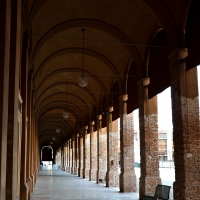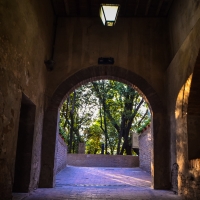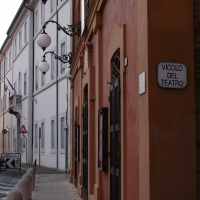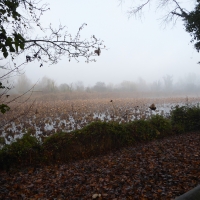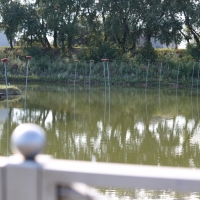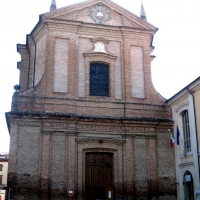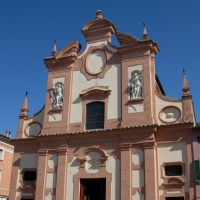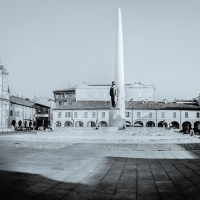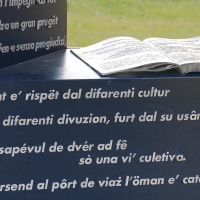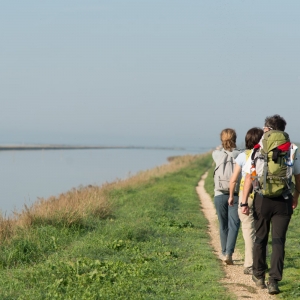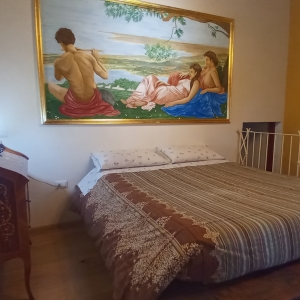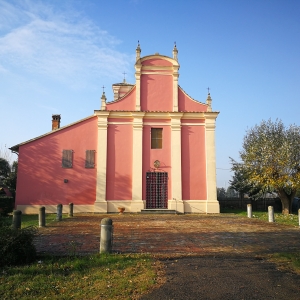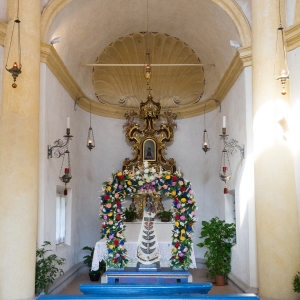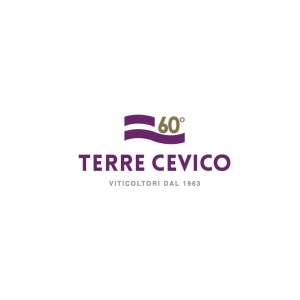Lugo
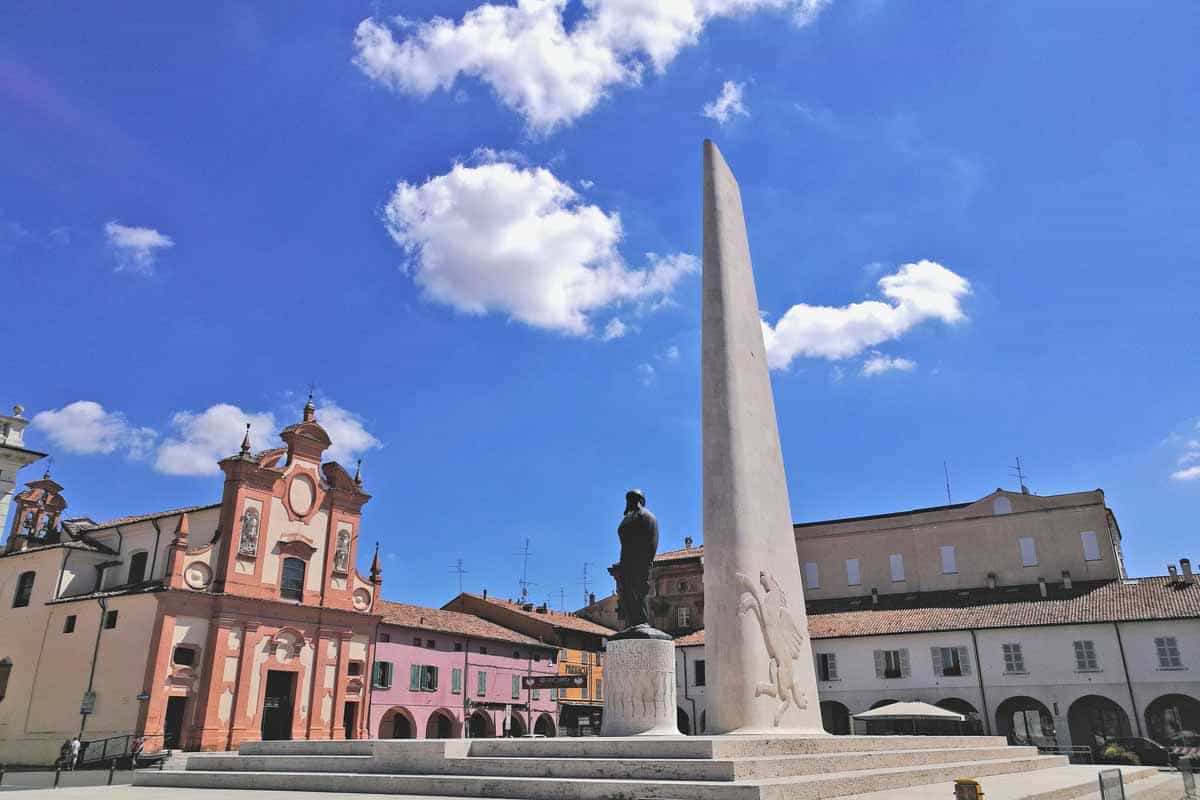
-
Destination
Romagna -
Province
Ravenna -
Distance to the main town
25 km - Where it is
- Why visit it
- Room with a view
- Don't miss
- Having fun
- Significant appointments
- In the surroundings
- Castles in the territory
- Monuments in the territory
- For more information
Why visit it
Seen from the air Lugo looks like an aircraft. This might be fortuitous, but it’s also extremely appropriate given that Francesco Baracca, the earliest and most important hero of Italian aviation, was born here.
The roads and the squares of Lugo’s historic town centre are beautifully atmospheric; here the visitor will encounter buildings dating from the 16th century until the 1930s.
Lugo can be enjoyed all year long thanks to its monuments, shops and sport events.
Room with a view
The elegant four-star hotel San Francisco is just a few metres away from Teatro Rossini; it has wide and comfortable rooms with modern furniture designed to create a harmonious relationship between humans and nature.
The “5 daisies” agritourism Fattoria Solieri is hosted in a prestigious 19th century rural house immersed in the green vineyards of the old estate of the family with the same name; the Solieri used to be important local landowners.
Don't miss
The town’s landmark is the Rocca Estense; this fortress now hosts the town hall. The dungeon of Uguccione della Faggiola dates back to 1298, while most of the other architectural features are from the end of the 16th century. From the inner courtyard visitors can access the hanging garden, which is definitely worth visiting.
The Pavaglione lies just opposite the fortress. This 18th century building is an imposing square surrounded by loggias on its four sides; it used to host the silk worms market. It still hosts a market which is six centuries old (on Wednesdays), as well as spectacular events.
Next to the fortress lies the Monument of Francesco Baracca (1936), the aviation hero of World War I; Lugo is also home to a dedicated museum that celebrates him.
The museum dedicated to Francesco Baracca is in the building where this aviation hero was born and holds a collection of his memorabilia and objects. It also houses the aircraft SPAD VII, with which Baracca achieved one of his victories in 1917; it boasts the famous coat of arms with the prancing horse.
On the west side of the Pavaglione visitors will find Teatro Rossini, built by the architect F. Petrocchi between 1757 and 1759 and completed in 1761 by Antonio Galli Bibiena. This is the prototype of the Italian theatre; in 1859 it was named after Gioacchino Rossini.
The house of Gioachino Rossini's father, a building inhabited by the family until 1790, is today a House-Museum dedicated to the great compositor
Not far from the historic center, in via di Giù, the Jewish Cemetery attests to the presence in Lugo of a large Jewish community settled here since the thirteenth century that has coexisted with the city up to the present day.
Just outside the town, on the south side, it’s worth visiting the 15th century Oratory of Croce Coperta, with its interesting cycle of frescoes made by artists of the Ferrarese School in the 15th and 16th centuries.
Having fun
Centro Ippico Lughese (a member of FISE) is an equestrian centre where visitors can practice Olympic disciplines with the English system of riding, aimed mostly at show jumping and dressage. This is also an equestrian rehabilitation centre recommended by FISE and a “hotel” for horses.
Significant appointments
On the second Sunday of every month, from September to June, Pavaglione hosts the antiques market.
In May Lugo celebrates the Palio della Contesa Estense, the historical reenactment of the transit of Borso d'Este, in 1471, through the town while on his way to Rome to be received by the Pope. The popular folk festival takes place in the fortress and includes historical parades.
There are many initiatives aimed at Gioacchino Rossini that take place during the year in the theater and in the squares of the city.
In the surroundings
Just few km away, in the village of Santa Maria in Fabriago, lies the old parish of Campanile, with its characteristic cylindrical bell tower with Romanesque lancet windows, typical of the local 9th century Byzantine style. This used to be a stop-over for pilgrims travelling along the Via dei Romei.
The small airport Francesco Baracca is located in the village of Villa San Martino (5km from Lugo); it hosts the Scuola Nazionale Elicotteri, a national school where students can obtain flying licenses for different levels. It also organises spectacular air shows.
Monuments in the territory
